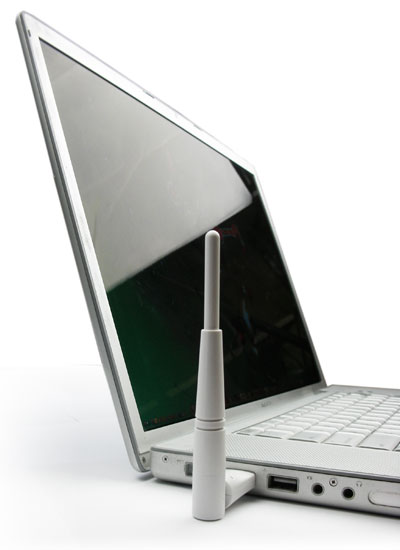
Interference can be caused by many environmental factors such as microwaves (such as from a microwave oven), metal appliances or metallic coating or an impeded line of sight.When there is no wireless hotspot in an area.Wireless repeaters are commonly used to improve signal range and strength within homes and small offices.
WIFI BOOSTER FOR MAC MAC
However, as far as the original router or access point is concerned, only the repeater MAC is connected, making it necessary to enable safety features on the wireless repeater. Those outside of the primary network will be able to connect through the new "repeated" network. Also, some wireless network interface controllers (WNIC)s optionally support operating in such a mode. It can be a specialized stand-alone computer networking device.

When two or more hosts have to be connected with one another over the IEEE 802.11 protocol and the distance is too long for a direct connection to be established, a wireless repeater is used to bridge the gap.

JSTOR ( January 2015) ( Learn how and when to remove this template message)Ī wireless repeater (also called wireless range extender or wifi extender) is a device that takes an existing signal from a wireless router or wireless access point and rebroadcasts it to create a second network.Unsourced material may be challenged and removed.įind sources: "Wireless repeater" – news Please help improve this article by adding citations to reliable sources. You've got to put yourself in noob mode.This article needs additional citations for verification.
.gif)
It might be worth an experiment using a different SSID and authentication method, just to see what exactly is causing the MacBook problems.
WIFI BOOSTER FOR MAC WINDOWS
As I say, I was able to connect usung an iPad and a Windows laptop, but not my white Macbook. Yes, I followed the instructions to the letter. It is the same SSID on both devices? Is the authentication WPA2? Why does my, admittedly a tad eldery, Macbook not join? Before posting here, I’ve done every obvious thing - diagnostics etc. But the signal to the printer (in the living room) is weak and not always good, so I’ve been using an extender, a Netgear, which was great till I dropped it and banged off the main prong of the three prongs on it and couldn’t us it any more. It wouldn’t matter so much except that if I am writing letters etc, I usually use this white Macbook (which has all my letters from the past 11 years) and print from it. But the Macbook resolutely refused to join. To test things I tried to connect an iPad - and did - and then a small 11in Lenovo laptop running Windows 7, again successfully.

So I factory reset with the usual straightened paperclip and set the extender up again, this time paying close attention to what I was doing (and I did everything right, it’s not rockets science). I obviously double-checked that I was putting in the right password, and I was. the machine is not the most modern, but still) to set up the extender - connect to TP Repeater, scan for networks, choose on, put in the relevant password, reboot and there you go.Įxcept there I didn’t go - the Macbook refused to join the extender (which extends my Plusnet router signal to use the wireless printer in the living room) claiming that each and every time ‘password invalid’. Used my usual laptop - and old white Macbook Core 2 Duo running Snow Leopard (OS10.6 - I give these details in case it might be part of the problem, i.e. Just bought myself a TP-Link extender, the TL-WA850RE. Here’s one for the techie enthusiasts who like to solve a problem just for the hell of it:


 0 kommentar(er)
0 kommentar(er)
